
Pink (Dances at a Gathering)
The rich history of American ballet is celebrated in classic works by George Balanchine and Jerome Robbins, two choreographic giants of the 20th century. Apollo brought Balanchine together for the first time with composer Igor Stravinsky. Their creation for Diaghilev’s Ballets Russes in 1928 remains a masterpiece of neoclassicism in its striking depiction of the young god of music and his three muses. Balanchine’s effervescent Tchaikovsky Pas de Deux breathes life into a long-lost movement from Tchaikovsky’s original score for Swan Lake. Created in 1960 for virtuoso New York City Ballet dancers Violette Verdy and Conrad Ludlow, its thrilling technical challenges are still relished by performers today.
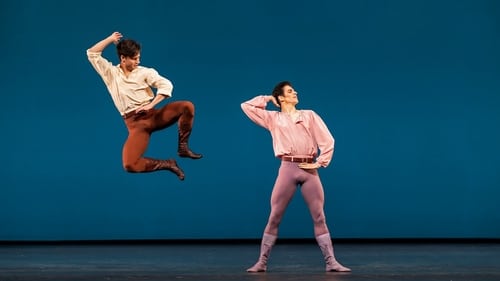
Dancer
The Royal Ballet presents the world premiere of Cathy Marston's first work for the Company on the Main Stage alongside a revival of Jerome Robbins’s timeless classic of pure dance. The Cellist is a one-act ballet about British cellist Jacqueline du Pré, from her discovery of the cello through her celebrity as one of the most extraordinary players of the instrument to her frustration and struggle with multiple sclerosis. Jerome Robbins's Dances at a Gathering is a fluid exercise in pure dance for five couples, set to piano music by Fryderyk Chopin.
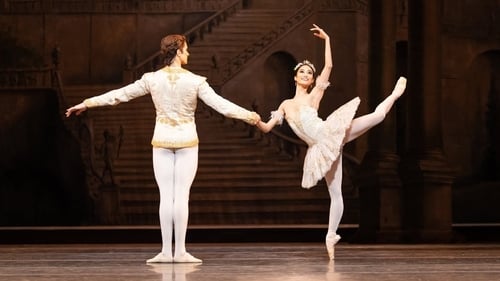
Princess Florine
The wicked fairy Carabosse is furious she wasn’t invited to Princess Aurora’s christening. She gives the baby a spindle, saying that one day the Princess will prick her finger on it and die. The Lilac Fairy makes her own christening gift a softening of Carabosse’s curse: Aurora will not die, but will fall into a deep sleep, which only a prince’s kiss will break. The masterful 19th-century choreography of Marius Petipa is combined with sections created for The Royal Ballet by Frederick Ashton, Anthony Dowell and Christopher Wheeldon. Recorded live as part of the Royal Opera House Live Cinema Season 2019/20 with encore screenings broadcast online during the #OurHousetoYourHouse programme.
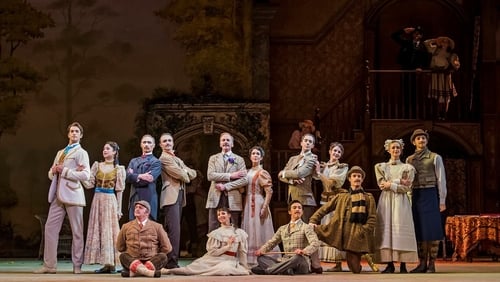
Concerto
From The Royal Ballet’s classical origins in the works of Petipa, to the home-grown choreographers who put British ballet on the world stage, this mixed programme highlights the versatility of the Company. Petipa’s Raymonda Act III is Russian classical ballet summarized in one act, full of sparkle and precise technique, while Ashton’s Enigma Variations is quintessentially British in every way – from its score by Elgar and period designs by Julia Trevelyan Oman, to Ashton’s signature style, the essence of British ballet. Concerto, MacMillan’s fusion of classical technique with a contemporary mind, completes a programme that shows the breadth of the Company’s heritage.

Julieta
Kenneth MacMillan's passionate choreography for Romeo and Juliet shows The Royal Ballet at its dramatic finest. Sergey Prokofiev's iconic score provides the basis for the ballet's romantic pas de deux and vibrant crowd scenes, while 16th-century Verona is created by Nicholas Georgiadis's magnificent designs. In 1965, MacMillan's Romeo and Juliet was given its premiere at Covent Garden by The Royal Ballet and was an immediate success: the first night was met with rapturous applause, which lasted for 40 minutes, and an incredible 43 curtain calls. The title roles were danced by Rudolf Nureyev and Margot Fonteyn, although the ballet had been created on Christopher Gable and Lynn Seymour. It has been performed by The Royal Ballet more than four hundred times since, as well as touring the world, and has become a true classic of the 20th-century ballet repertory.

Shade
Set in the Royal India of the past, La Bayadère is a story of eternal love, mystery, fate, vengeance, and justice. The ballet relates the drama of a temple dancer (bayadère), Nikiya, who is loved by Solor, a noble warrior. She is also loved by the High Brahmin, but does not love him in return, as she does Solor.
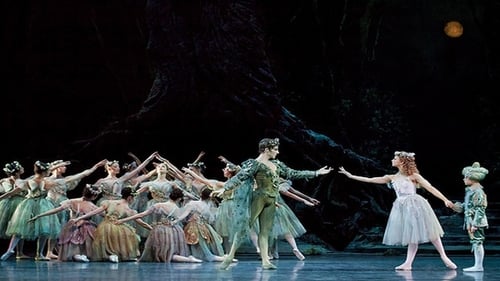
Dancer
The Dream: Frederick Ashton’s delightful interpretation of Shakespeare’s A Midsummer Night’s Dream is a classic of The Royal Ballet’s repertory. Symphonic Variations: Ashton was inspired to create a ballet on the four seasons – but as he began to choreograph he refined and purified until the ballet shook off its original meaning, emerging as an abstract celebration of movement and physicality. Marguerite and Armand: Marguerite, a Parisian courtesan, lies on her deathbed. She recalls her tragic love affair with Armand in a series of feverish flashbacks.
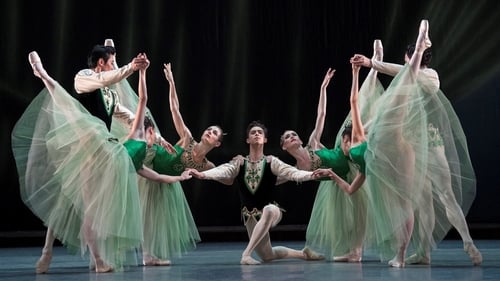
Diamonds
Now celebrating its 50th year, George Balanchine’s sparkling ballet still shines with all the brilliance of the gemstones that inspired it.

Fairy of the Woodland Glade
The Sleeping Beauty holds a special place in The Royal Ballet’s repertory. It was the ballet with which the Company reopened the Royal Opera House in 1946 after World War II, its first production at its new home in Covent Garden. Margot Fonteyn danced the role of the beautiful Princess Aurora in the first performance, with Robert Helpmann as Prince Florimund. Sixty years later, in 2006, the original 1946 staging was revived by then Director of The Royal Ballet Monica Mason and Christopher Newton, returning Oliver Messel’s wonderful designs and glittering costumes to the stage.

Pas de six
The peasant girl Giselle discovers the true identity of her lover Albrecht – and that he is promised to another. Giselle kills herself. Her soul enters the ranks of the Wilis – shades of young women who died before their wedding day. All men that come across their path are compelled to dance themselves to death, and Albrecht falls into their trap. Giselle’s intercession saves Albrecht and releases her soul from the Wilis’ power.

The Royal Ballet’s dazzling Principals lead an evening not to be missed, their sparkling talents a perfect fit for a diamond anniversary. Celebrating the 60th anniversary of The Friends of Covent Garden, this programme recognises the amazing support of all ROH Friends past and present. The showcase will demonstrate the breadth and diversity of The Royal Ballet’s repertory in classical, contemporary and heritage works. It will also include world premieres by Pam Tanowitz, Joseph Toonga and Valentino Zucchetti plus the Company’s first performance of For Four by Artistic Associate Christopher Wheeldon and a performance of George Balanchine’s Diamonds.

Giselle
Giselle is the classic ballet of the Romantic era – and, for the dancer performing the title role, one of the greatest challenges in the repertory. Peter Wright’s production, a classic itself, perfectly achieves the dual aspects of the ballet, moving from the naivety of young love between Giselle and Albrecht in the village setting of Act I to the ethereal Wilis in Act II’s eerie moonlit forest. Rich in vivid character detail and poignant depth of feeling, Giselle is a reminder of ballet’s power to move and thrill.











